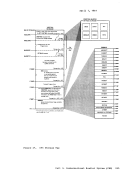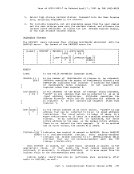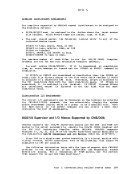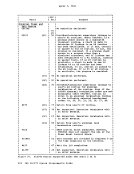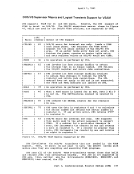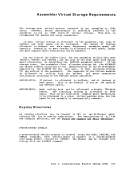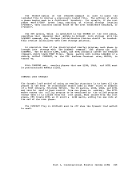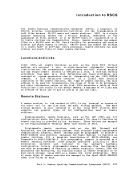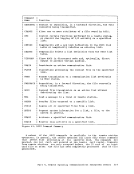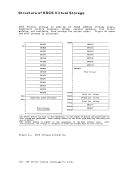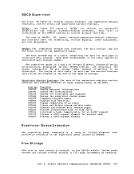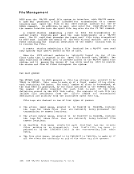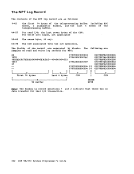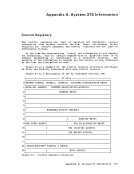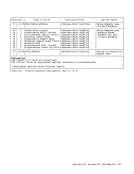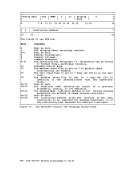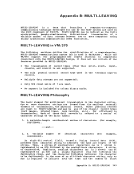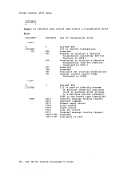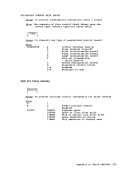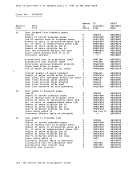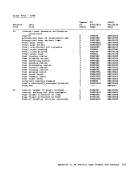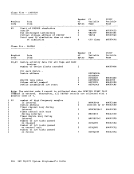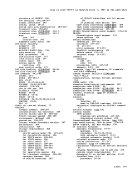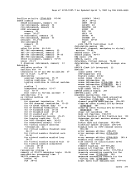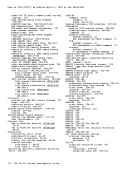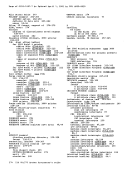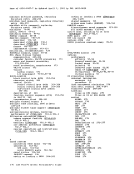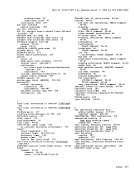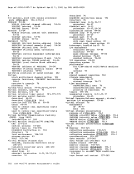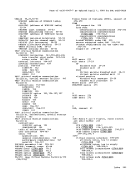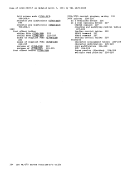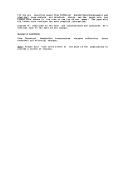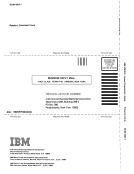If the calculated working set of the highest priority virtual machine
in the eligible list is greater than the number of page frames available
for allocation, then 75percent of the working set for that virtual machine is calculated. If the pages required for 75 percent of the
working set are available, the virtual machine isplaced on Q2.
Otherwise, the virtual machine remains on the eligible list until there
are no other users on Q1 or Q2.
Executable virtual machines are sorted by "dispatching priority".
This priority is calculated each time a user is dropped from a queue and
is the ratio of processor time used while in the queue to elapsed time
in the queue. Infrequent processor users are placed at the top of the
list and are followed by more frequent processor users.When a
nonexecutable user becomes executable, he is placed on the queue based
on his dispatchingWhen a virtual machine completes its time slice of processor usage,
it is dropped from Q2 and placed in the eligible list by user priority.When a user request in Q2 enters CP command mode, it is removed from Q2. When the request becomes executable (returns to virtual machine
execution mode), it is placed in the eligible list based on user
priority.
If a user's virtual machine is not in Q1 or Q2, it is because:• The virtual machine is on the "eligible list," waiting to be put on
Q2
-- or --• The virtual machine execution is suspended because the user is in CP mode executing CP coamands To leave CP mode and return his virtual machine to the "eligible list" for Q2, the user can issue one of the CP commands that transfer
control to the virtual machine operating system for execution (for
example, BEGIN,IPL, EXTERNAL, and RESTART). In CP, interactive users (Q1), if any, are considered for dispatching
before noninteractive users (Q2). This means thatCMS users entering
commands that do not involve disk or tapeI/O operations should get fast
responsesfrom the VM/370 system even with a large number of active
users.An installation may choose to override the CP scheduling and
dispatching scheme and force allocation of the Frocessor resource to a
specified user, regardless of its priority or operating characteristics.
The favored execution facility allows an installation to:
1.Specify that one particular virtual machine is to receive up to a
specified percentage of processortime. 2. Specify that any number of virtual machines are to remain in the
queues at alltimes. Assignment of the favored execution option is
discussed in the"Preferred Virtual Machines" section. Part 2. Control Program (CP) 85
in the eligible list is greater than the number of page frames available
for allocation, then 75
working set are available, the virtual machine is
Otherwise, the virtual machine remains on the eligible list until there
are no other users on Q1 or Q2.
Executable virtual machines are sorted by "dispatching priority".
This priority is calculated each time a user is dropped from a queue and
is the ratio of processor time used while in the queue to elapsed time
in the queue. Infrequent processor users are placed at the top of the
list and are followed by more frequent processor users.
nonexecutable user becomes executable, he is placed on the queue based
on his dispatching
it is dropped from Q2 and placed in the eligible list by user priority.
execution mode), it is placed in the eligible list based on user
priority.
If a user's virtual machine is not in Q1 or Q2, it is because:
Q2
-- or --
control to the virtual machine operating system for execution (for
example, BEGIN,
before noninteractive users (Q2). This means that
commands that do not involve disk or tape
responses
users.
dispatching scheme and force allocation of the Frocessor resource to a
specified user, regardless of its priority or operating characteristics.
The favored execution facility allows an installation to:
1.
specified percentage of processor
queues at all
discussed in the

























































































































































































































































































